-
Scope of the Study
-
Research Objective
-
Assumptions
-
Limitations
-
Primary Research
-
Secondary Research
-
Market Size Estimation
-
Restraints
-
Opportunities
-
Challenges
-
Macroeconomic Indicators
-
Technology Trends & Assessment
- Bargaining Power of Suppliers
- Bargaining Power of Buyers
- Threat of New Entrants
- Threat of Substitutes
- Intensity of Rivalry
-
Value Chain Analysis
-
Investment Feasibility Analysis
-
Pricing Analysis
-
Global Holographic Imaging Market, by Product Type6.1 Introduction
-
Holographic Display
- Laser
- Touchable
- Piston
- Semi-transparent
-
Microscopes
-
Market Estimates & Forecast, 2020-2027
-
Market Estimates & Forecast, by Region/Country, 2020-2027
-
Software
-
Market Estimates & Forecast, 2020-2027
-
Market Estimates & Forecast, by Region/Country, 2020-2027
-
Holographic Prints
-
Market Estimates & Forecast, 2020-2027
-
Market Estimates & Forecast, by Region/Country, 2020-2027
-
Others
-
Market Estimates & Forecast, 2020-2027
-
Market Estimates & Forecast, by Region/Country, 2020-2027
-
Global Holographic Imaging Market, by Application7.1 Introduction
-
Medical Imaging
- Ophthalmology
- Dentistry
- Urology
- Otology
- Orthopedics
- Others
-
Medical Education
-
Market Estimates & Forecast, 2020-2027
-
Market Estimates & Forecast, by Region/Country, 2020-2027
-
Surgery Preplanning & Assistance
-
Market Estimates & Forecast, 2020-2027
-
Market Estimates & Forecast, by Region/Country, 2020-2027
-
Interventional Cardiology
-
Market Estimates & Forecast, 2020-2027
-
Market Estimates & Forecast, by Region/Country, 2020-2027
-
Digital Intimacy
-
Market Estimates & Forecast, 2020-2027
-
Market Estimates & Forecast, by Region/Country, 2020-2027
-
Biomedical Research
-
Market Estimates & Forecast, 2020-2027
-
Market Estimates & Forecast, by Region/Country, 2020-2027
-
Others
-
Global Holographic Imaging Market, by End-User8.1 Introduction
-
Pharmaceutical & Biotechnology companies
-
Market Estimates & Forecast, 2020-2027
-
Market Estimates & Forecast, by Region/Country, 2020-2027
-
Research organizations
-
Market Estimates & Forecast, 2020-2027
-
Market Estimates & Forecast, by Region/Country, 2020-2027
-
Academic medical centers
-
Market Estimates & Forecast, 2020-2027
-
Market Estimates & Forecast, by Region/Country, 2020-2027
-
Hospitals & Clinics
-
Market Estimates & Forecast, 2020-2027
-
Market Estimates & Forecast, by Region/Country, 2020-2027
-
Others
-
Market Estimates & Forecast, 2020-2027
-
Market Estimates & Forecast, by Region/Country, 2020-2027
-
Global Holographic Imaging Market, by Region
-
Introduction
-
Americas
-
Market Estimates & Forecast, by Region, 2020-2027
-
Market Estimates & Forecast, by Product Type, 2020-2027
-
Market Estimates & Forecast, by Application, 2020-2027
-
Market Estimates & Forecast, by End-User, 2020-2027
-
North America
-
Market Estimates & Forecast, by Product Type, 2020-2027
-
Market Estimates & Forecast, by Application, 2020-2027
-
Market Estimates & Forecast, by End-User, 2020-2027
-
US
-
Market Estimates & Forecast, by Product Type, 2020-2027
-
Market Estimates & Forecast, by Application, 2020-2027
-
Market Estimates & Forecast, by End-User, 2020-2027
-
Canada
-
Market Estimates & Forecast, by Product Type, 2020-2027
-
Market Estimates & Forecast, by Application, 2020-2027
-
Market Estimates & Forecast, by End-User, 2020-2027
-
South America
-
Market Estimates & Forecast, by Product Type, 2020-2027
-
Market Estimates & Forecast, by Application, 2020-2027
-
Market Estimates & Forecast, by End-User, 2020-2027
-
Europe
-
Market Estimates & Forecast, by Region, 2020-2027
-
Market Estimates & Forecast, by Product Type, 2020-2027
-
Market Estimates & Forecast, by Application, 2020-2027
-
Market Estimates & Forecast, by End-User, 2020-2027
-
Western Europe
-
Market Estimates & Forecast, by Product Type, 2020-2027
-
Market Estimates & Forecast, by Application, 2020-2027
-
Market Estimates & Forecast, by End-User, 2020-2027
-
Germany
-
Market Estimates & Forecast, by Product Type, 2020-2027
-
Market Estimates & Forecast, by Application, 2020-2027
-
Market Estimates & Forecast, by End-User, 2020-2027
-
France
-
Market Estimates & Forecast, by Product Type, 2020-2027
-
Market Estimates & Forecast, by Application, 2020-2027
-
Market Estimates & Forecast, by End-User, 2020-2027
-
UK
-
Market Estimates & Forecast, by Product Type, 2020-2027
-
Market Estimates & Forecast, by Application, 2020-2027
-
Market Estimates & Forecast, by End-User, 2020-2027
-
Italy
-
Market Estimates & Forecast, by Product Type, 2020-2027
-
Market Estimates & Forecast, by Application, 2020-2027
-
Market Estimates & Forecast, by End-User, 2020-2027
-
Spain
-
Market Estimates & Forecast, by Product Type, 2020-2027
-
Market Estimates & Forecast, by Application, 2020-2027
-
Market Estimates & Forecast, by End-User, 2020-2027
-
Rest of Western Europe
-
Market Estimates & Forecast, by Product Type, 2020-2027
-
Market Estimates & Forecast, by Application, 2020-2027
-
Market Estimates & Forecast, by End-User, 2020-2027
-
Eastern Europe
-
Market Estimates & Forecast, by Product Type, 2020-2027
-
Market Estimates & Forecast, by Application, 2020-2027
-
Market Estimates & Forecast, by End-User, 2020-2027
-
Asia-Pacific
-
Market Estimates & Forecast, by Country, 2020-2027
-
Market Estimates & Forecast, by Product Type, 2020-2027
-
Market Estimates & Forecast, by Application, 2020-2027
-
Market Estimates & Forecast, by End-User, 2020-2027
-
Japan
-
Market Estimates & Forecast, by Product Type, 2020-2027
-
Market Estimates & Forecast, by Application, 2020-2027
-
Market Estimates & Forecast, by End-User, 2020-2027
-
China
-
Market Estimates & Forecast, by Product Type, 2020-2027
-
Market Estimates & Forecast, by Application, 2020-2027
-
Market Estimates & Forecast, by End-User, 2020-2027
-
India
-
Market Estimates & Forecast, by Product Type, 2020-2027
-
Market Estimates & Forecast, by Application, 2020-2027
-
Market Estimates & Forecast, by End-User, 2020-2027
-
Australia
-
Market Estimates & Forecast, by Product Type, 2020-2027
-
Market Estimates & Forecast, by Application, 2020-2027
-
Market Estimates & Forecast, by End-User, 2020-2027
-
Republic of Korea
-
Market Estimates & Forecast, by Product Type, 2020-2027
-
Market Estimates & Forecast, by Application, 2020-2027
-
Market Estimates & Forecast, by End-User, 2020-2027
-
Rest of Asia-Pacific
-
Market Estimates & Forecast, by Product Type, 2020-2027
-
Market Estimates & Forecast, by Application, 2020-2027
-
Market Estimates & Forecast, by End-User, 2020-2027
-
The Middle East & Africa
-
Market Estimates & Forecast, by Region, 2020-2027
-
Market Estimates & Forecast, by Product Type, 2020-2027
-
Market Estimates & Forecast, by Application, 2020-2027
-
Market Estimates & Forecast, by End-User, 2020-2027
-
Middle East
-
Market Estimates & Forecast, by Product Type, 2020-2027
-
Market Estimates & Forecast, by Application, 2020-2027
-
Market Estimates & Forecast, by End-User, 2020-2027
-
Africa
-
Market Estimates & Forecast, by Product Type, 2020-2027
-
Market Estimates & Forecast, by Application, 2020-2027
-
Market Estimates & Forecast, by End-User, 2020-2027
-
Company Landscape
-
Introduction
-
Market Share Analysis
-
Key Development & Strategies
-
Company Profiles
-
EON Reality
- Company Overview
- Product Overview
- Financials
- SWOT Analysis
-
Holoxica Limited
- Company Overview
- Product Overview
- Financial Overview
- Key Developments
- SWOT Analysis
-
Mach7 Technologies Limited
- Company Overview
- Product Overview
- Financial Overview
- Key Development
- SWOT Analysis
-
Phase Holographic Imaging
- Company Overview
- Product/Business Segment Overview
- Financial Overview
- Key Development
- SWOT Analysis
-
Ovizio Imaging Systems NVSA
- Company Overview
- Product Overview
- Financial overview
- Key Developments
-
Zebra Imaging, Inc.
- Company Overview
- Product Overview
- Financial Overview
- Key Developments
-
Nanolive SA
- Overview
- Product Overview
- Financials
- Key Developments
- SWOT Analysis
-
RealView Imaging Ltd.
- Overview
- Product Overview
- Financials
- Key Developments
- SWOT Analysis
-
EchoPixel, Inc.
- Overview
- Product Overview
- Financials
- Key Developments
- SWOT Analysis
-
Lyncee Tec SA
- Overview
- Product Overview
- Financials
- Key Developments
- SWOT Analysis
-
zSpace, Inc.
- Overview
- Product Overview
- Financials
- Key Developments
- SWOT Analysis
-
Musion Das Hologram Ltd.
- Overview
- Product Overview
- Financials
- Key Developments
- SWOT Analysis
-
Provision Holdings Inc.
- Overview
- Product Overview
- Financials
- Key Developments
- SWOT Analysis
-
Qualcomm
- Overview
- Product Overview
- Financials
- Key Developments
- SWOT Analysis
-
Others
-
Appendix
-
-
LIST OF TABLES
-
Holographic imaging Industry Synopsis, 2020-2027
-
Global Holographic imaging Market Estimates and Forecast, 2020-2027, (USD Million)
-
Global Holographic imaging Market, by Region, 2020-2027, (USD Million)
-
Global Holographic imaging Market, by Product Type, 2020-2027, (USD Million)
-
Global Holographic imaging Market, by Application, 2020-2027, (USD Million)
-
Global Holographic imaging Market, by End-Users, 2020-2027, (USD Million)
-
North America Holographic imaging Market, by Product Type, 2020-2027, (USD Million)
-
North America Holographic imaging Market, by Application, 2020-2027, (USD Million)
-
North America Holographic imaging Market, by End-Users, 2020-2027, (USD Million)
-
US Holographic imaging Market, by Product Type, 2020-2027, (USD Million)
-
US Holographic imaging Market, by Application, 2020-2027, (USD Million)
-
US Holographic imaging Market, by End-Users, 2020-2027, (USD Million)
-
Canada Holographic imaging Market, by Product Type, 2020-2027, (USD Million)
-
Canada Holographic imaging Market, by Application, 2020-2027, (USD Million)
-
Canada Holographic imaging Market, by End-Users, 2020-2027, (USD Million)
-
South America Holographic imaging Market, by Product Type, 2020-2027, (USD Million)
-
South America Holographic imaging Market, by End-Users, 2020-2027, (USD Million)
-
Europe Holographic imaging Market, by Product Type, 2020-2027, (USD Million)
-
Europe Holographic imaging Market, by End-Users, 2020-2027, (USD Million)
-
Western Europe Holographic imaging Market, by Product Type, 2020-2027, (USD Million)
-
Western Europe Holographic imaging Market, by End-Users, 2020-2027, (USD Million)
-
Eastern Europe Holographic imaging Market, by Product Type, 2020-2027, (USD Million)
-
Eastern Europe Holographic imaging Market, by Biomaterial, 2020-2027, (USD Million)
-
Eastern Europe Holographic imaging Market, by End-Users, 2020-2027, (USD Million)
-
Asia-Pacific Holographic imaging Market, by Product Type, 2020-2027, (USD Million)
-
Asia-Pacific Holographic imaging Market, by End-Users, 2020-2027, (USD Million)
-
Middle East & Africa Holographic imaging Market, by Product Type, 2020-2027, (USD Million
-
Middle East & Africa Holographic Imaging Market, by Application, 2020-2027, (USD Million)
-
Middle East & Africa Holographic imaging Market, by End-Users, 2020-2027, (USD Million)
-
-
LIST OF FIGURES
-
Research Process
-
Segmentation for Global Holographic imaging Market
-
Segmentation Market Dynamics for Holographic imaging Market
-
Global Holographic imaging Market Share, by Product Type 2020
-
Global Holographic imaging Market Share, by Application 2020
-
Global Holographic imaging Market Share, by End-Users, 2020
-
Global Holographic imaging Market Share, by Region, 2020
-
North America Holographic imaging Market Share, by Country, 2020
-
Europe Holographic imaging Market Share, by Country, 2020
-
Asia-Pacific Holographic imaging Market Share, by Country, 2020
-
Middle East & Africa Holographic imaging Market Share, by Country, 2020
-
Global Holographic imaging Market: Company Share Analysis, 2020 (%)
-
EON Reality: Key Financials
-
EON Reality: Segmental Revenue
-
EON Reality: Geographical Revenue
-
Holoxica Limited: Key Financials
-
Holoxica Limited: Segmental Revenue
-
Holoxica Limited: Geographical Revenue
-
Mach7 Technologies Limited: Key Financials
-
Mach7 Technologies Limited: Segmental Revenue
-
Mach7 Technologies Limited: Geographical Revenue
-
Phase Holographic Imaging: Key Financials
-
Phase Holographic Imaging: Segmental Revenue
-
Phase Holographic Imaging: Geographical Revenue
-
Ovizio Imaging Systems NVSA: Key Financials
-
Ovizio Imaging Systems NVSA: Segmental Revenue
-
Ovizio Imaging Systems NVSA. Geographical Revenue
-
Zebra Imaging, Inc. Key Financials
-
Zebra Imaging, Inc. Segmental Revenue
-
Zebra Imaging, Inc. Geographical Revenue
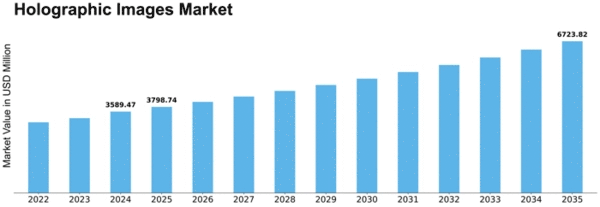

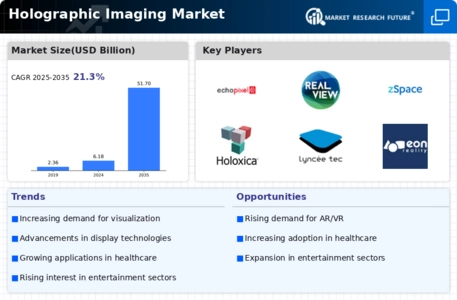

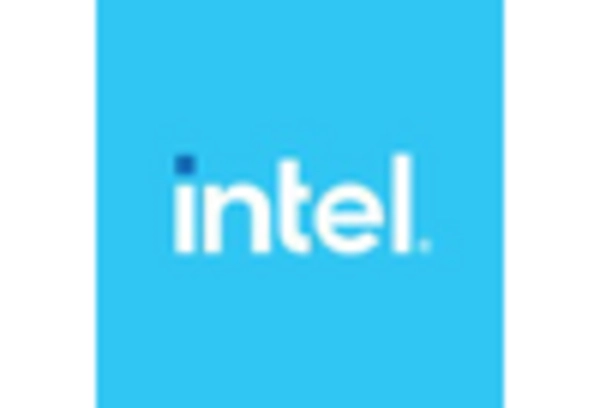

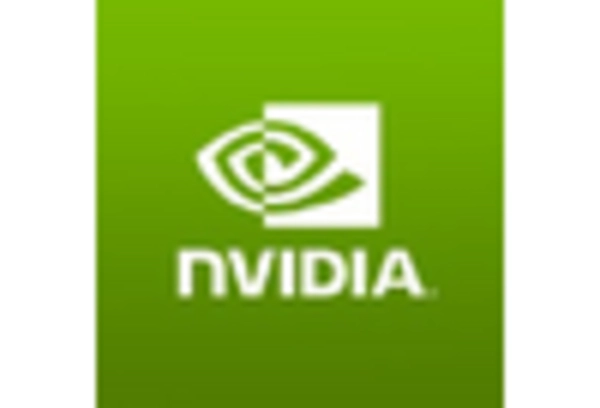
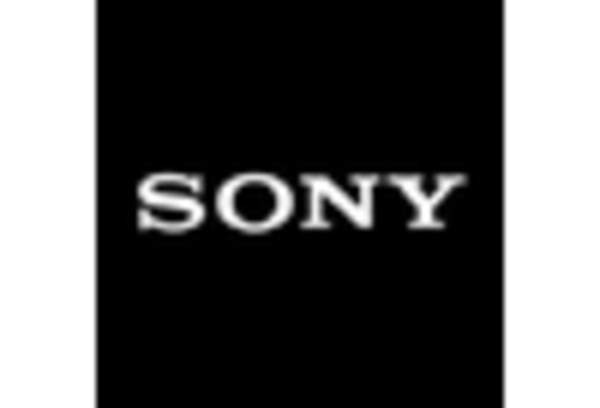
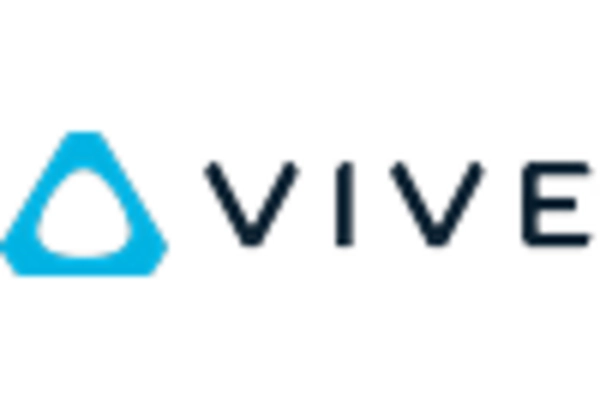









Leave a Comment